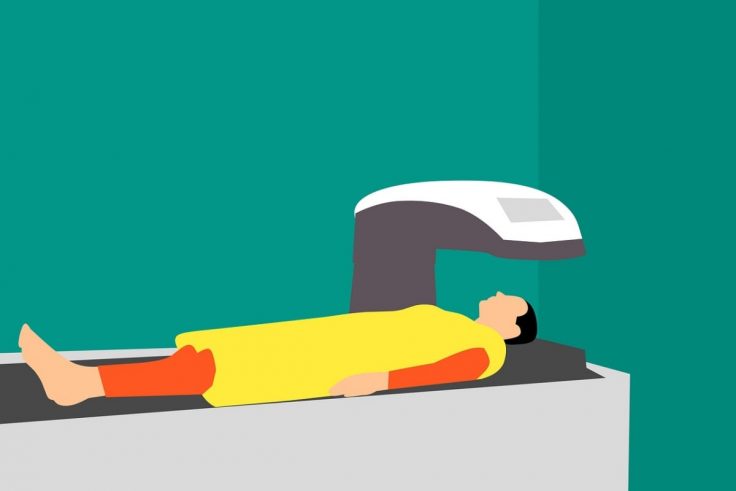Diagnostic Imaging: MRI Scan Vs Ultrasound

Diagnostic imaging is growing at a fast pace, and many people are confused about the MRI scan and ultrasound. Here’s a complete comparison.
These are the two types of scans that are used for taking musculoskeletal imaging. The MRI scan and ultrasound are used to assess the joints and the conditions of the joints.
However, the lab technician will use the right type of scan based on the concern of the patient.
Diagnostic imaging, as the name suggests, will allow the doctor to decide the proper treatment. It also saves a lot of time for both the patient and the doctor.
Both express MRI and ultrasound will scan the body in unique ways.
Magnetic Resonance Imaging (MRI)
MRI is the magnetic resonance imaging used to capture the pictures of what is exactly happening inside the human body.
It is a vast machine that makes use of magnets to trigger the hydrogen atoms within the body. Then, the machine radio waves are used to read the picture produced.
The MRI will produce a 3D anatomic image. The high-quality image will allow the doctor to check and detect the changes in the quality of the tissue.
When you are prone to muscle injury, the MRI scan will clearly show the bright signal.
So, if there is a lot of water over the muscle in that particular position, it is a clear indication of injury.
MRI takes a long time compared to ultrasound, but it allows you to see what is on the bone. This is impossible with ultrasound.
MRI is expensive but offers a clearer image of what is happening inside the body. However, due to its cost, you do not find this type of scan in many hospitals.
This type of scanning is critical to learn about the patient’s condition thoroughly using in-depth imaging.
When Do You Use MRI?
Here’s where diagnostic imaging using an MRI machine can be really helpful:
Shoulder
MRI is a way to assess intra-articular pathologies like labral abnormalities.
Spine
MRI is used to investigate the imaging of the spine. It will showcase the disc pathology, cord abnormalities, and vertebral anatomy.
Hand
You can go for an MRI scan to assess the abnormalities on the side, such as pulley tears or synovitis.
Head
It’s the most effective way to scan your brain without involving any radiations. Your doctor uses the head MRI to diagnose brain conditions such as tumors, infections, cysts, multiple sclerosis, stroke, and even hemorrhage.
Diagnostic Imaging With Ultrasound
It is also known as sonography that will make use of the sound waves over the radio waves to produce a quality picture inside the body.
It is carried out with the help of a wand that is wrapped around the body rather than wrapping on the full-body machine.
The ultrasound will start to produce the real-time look inside the body, whereas the MRI will provide the photo that you will get after putting all the sections together.
Ultrasound will make use of high-frequency sound waves to take a look at the organs as well as structures.
The ultrasound imaging reveals every small detail of the muscle structure, especially when the injury is close to the surface of the skin.
The flashlight in ultrasound will allow you to keenly notice many details in a minuscule area of the tissue.
Ultrasound will not produce any radiation and does not require the patient to get inside a tube, unlike in diagnostic imaging with an MRI machine.
Since ultrasound produces real-time pictures, the doctors let you know the abnormalities by showing it to you on the screen.
It is real-time imaging where the scan happens while the patient is in a conscious state. It is cost-effective and gives relevant results.
When Do You Use Ultrasound?
Here’s where ultrasound imaging can be really useful:
Shoulder
If the medical history of the patient says that the person has rotator cuff pathology, you need to go for an ultrasound. It will carefully assess the rotator cuff and showcase active impingement.
Spine
Spine conditions cannot be assessed by ultrasound.
Fetus
You can use ultrasound to take a look at the fetus inside the pregnant woman. It allows both the mother and the doctor to check how the baby is.
Both MRI and ultrasound have their pros and cons. By learning each of the uses will allow you to use the right one to check the musculoskeletal abnormalities.
Diagnostic imaging helps doctors to give accurate diagnosis and treatment to the patients.